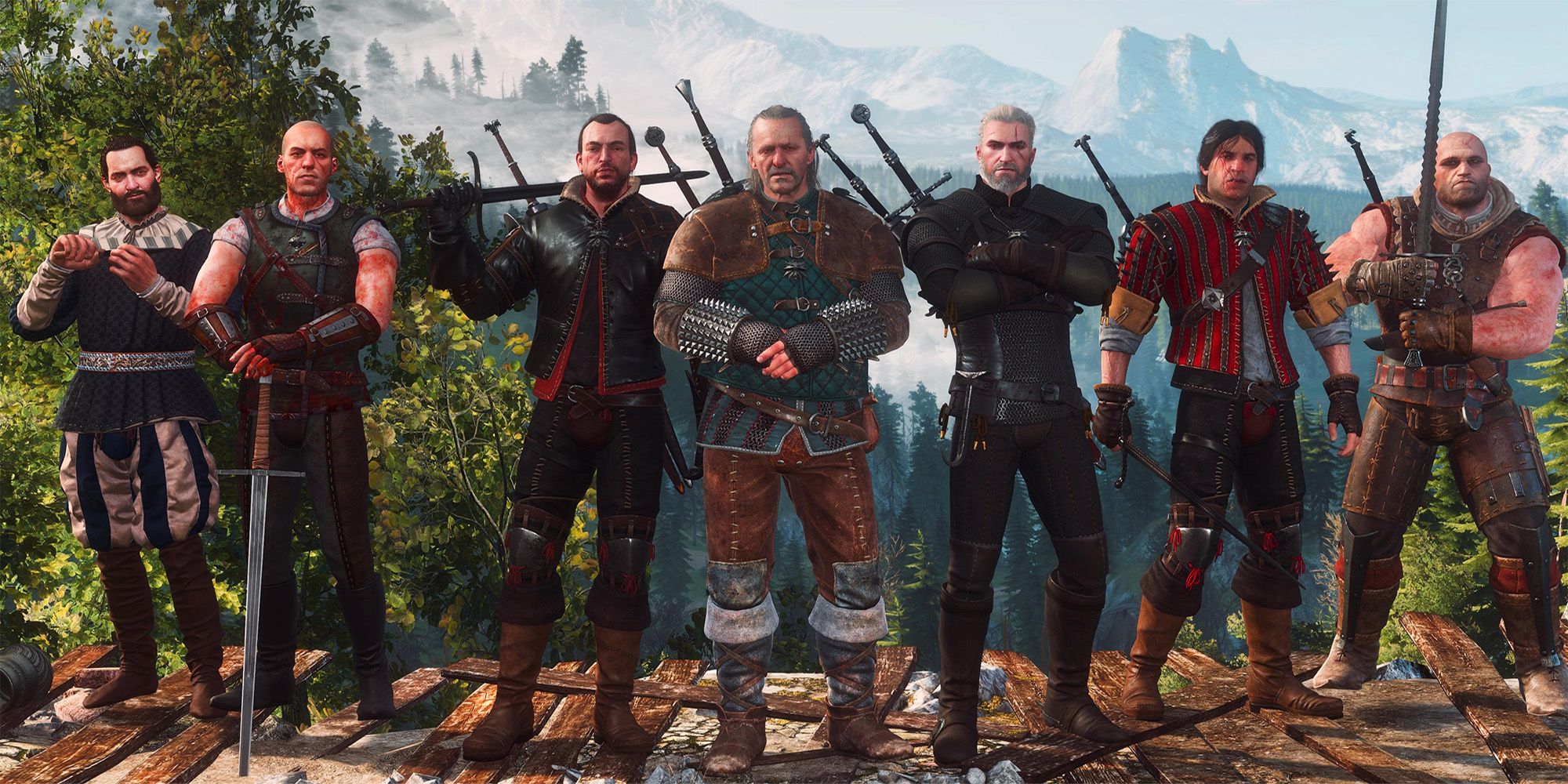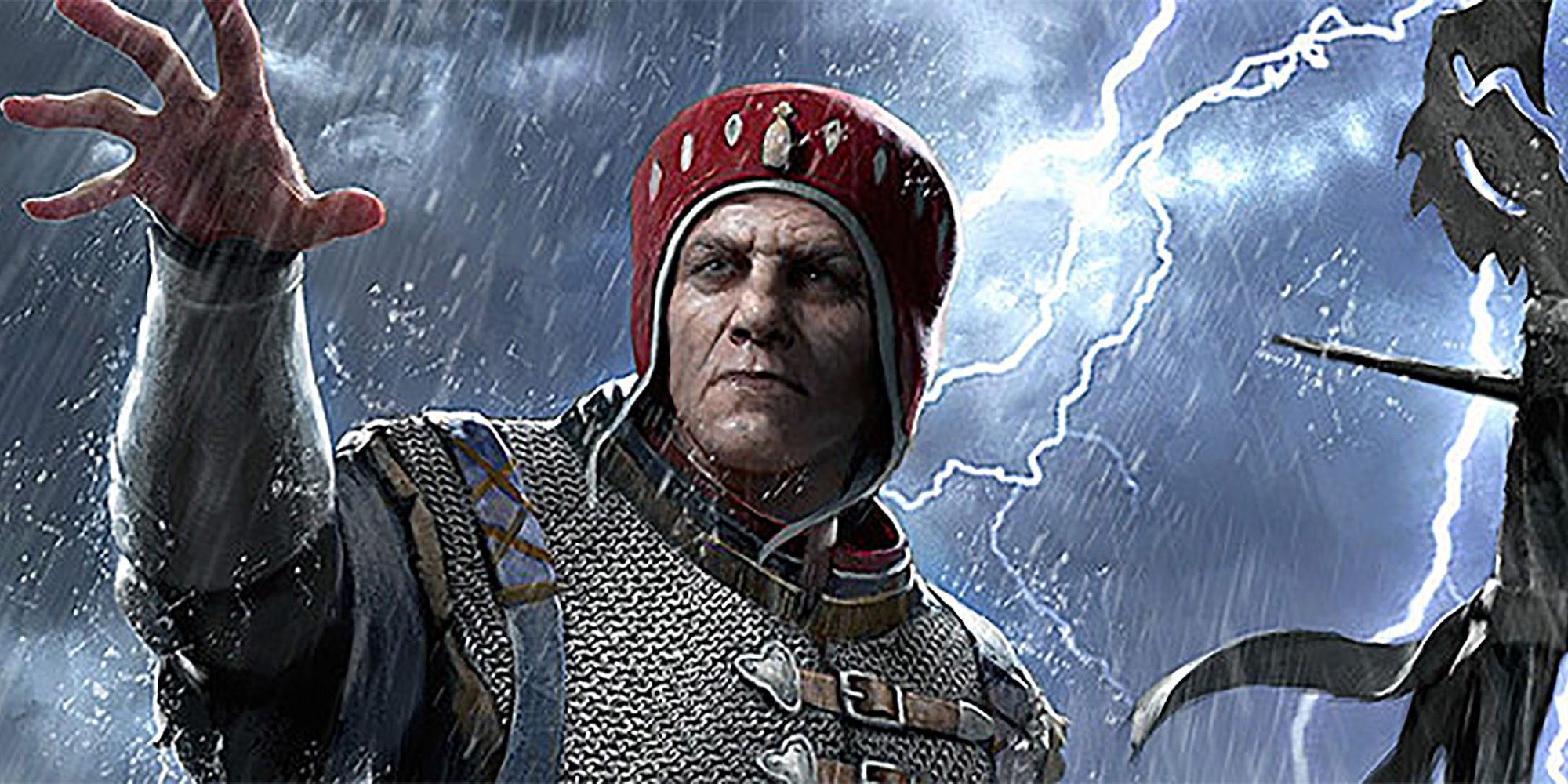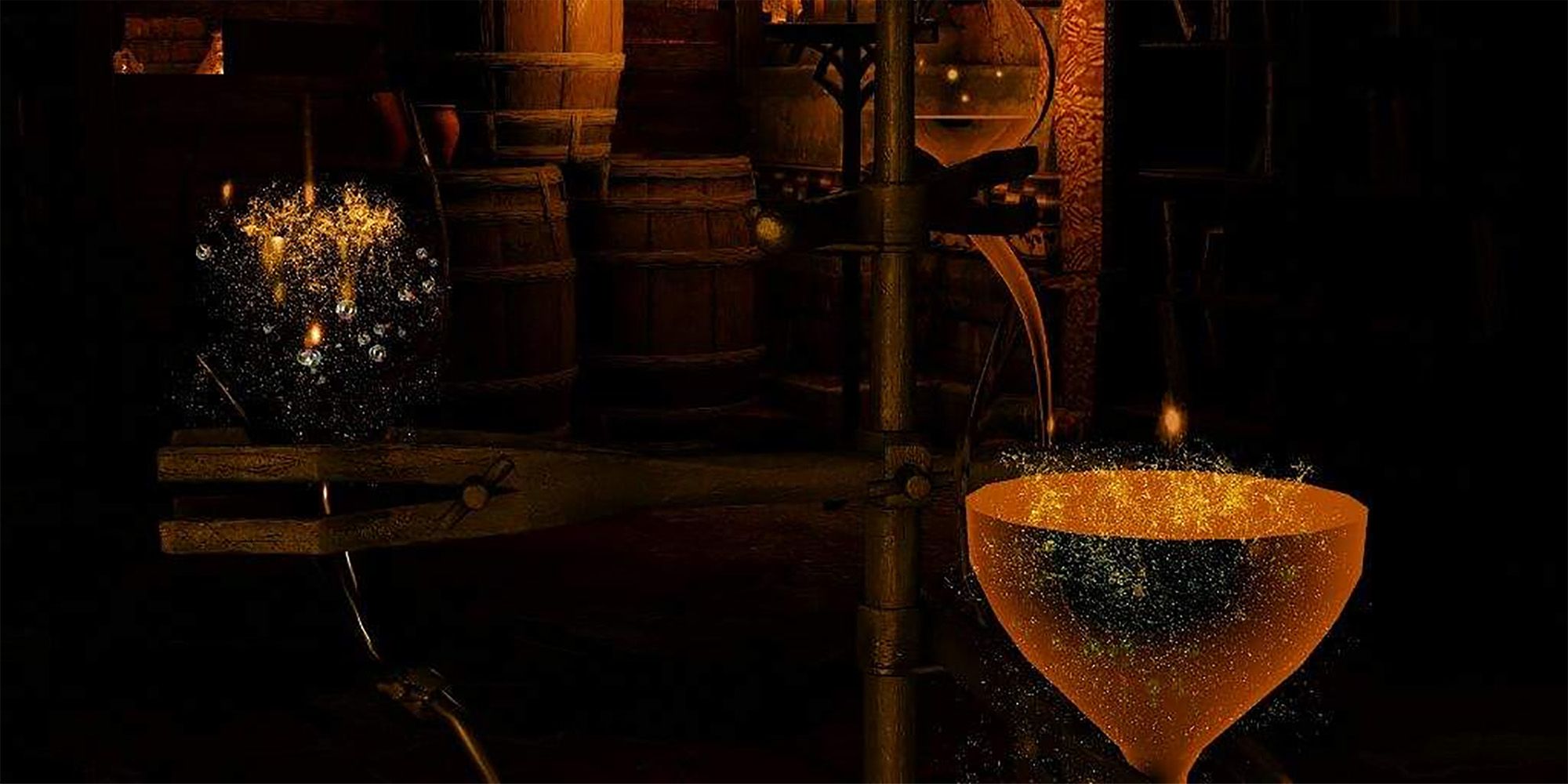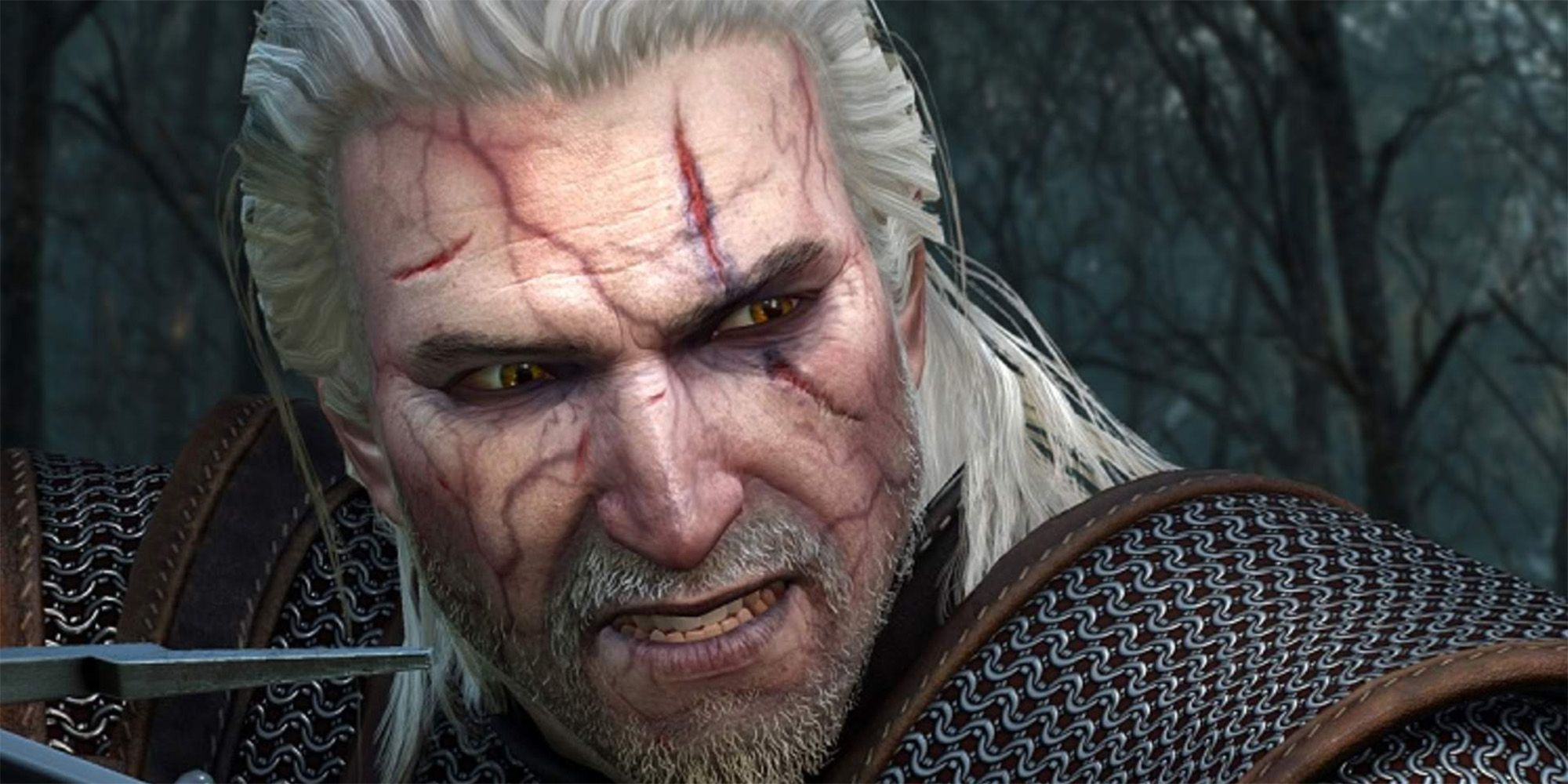In the world of The Witcher, created by Andrzej Sapkowski and expanded upon by the games, Witchers provide a very specific service in the Northern Kingdoms. They hunt the monsters that were left behind after a cataclysmic event known as the Conjunction of the Spheres. During this, multiple dimensions collided with each other, displacing many races, including humans, in a world that once belonged almost exclusively to dwarves, gnomes and elves.
The Conjunction also brought in numerous breeds of monsters, like vampires, djinn, kikimora and striga, which terrorize the people living in the North. Human rulers turned to their magic users and asked them to help create powerful warriors who could wield magic to face and exterminate these monsters. Through trial and error, the first witchers were made.
The Creation of the Witchers
The mage creators considered their early experiments a failure and cast the witchers out, but there was a small group who wasn't quite ready to give up. They gathered the subjects and continued to train and experiment on them until eventually five witchers set out on their own. Each started their own school to train and create more witchers.
Witcher training begins with young boys whose bodies and minds are still malleable. They undergo intense and relentless physical training, learning how to move their bodies, wield and understand all manner of weapons, and react in battle situations. They are also taught a specific set of magical skills that allow them to cast nine signs to aid them in fights against monsters. To use magic, their bodies must be chemically altered. One exception to this is Cirilla of Cintra, whom Geralt trained but did not subject to the alchemical trials.
While the physical and magical training is arduous, nothing is more taxing on a young witcher than the alchemical process that changes and mutates the composition of his body.
The Witcher Trials
The Trial of the Grasses is an intense and agonizing mutation that is achieved when a witcher consumes a concoction of herbs designed to change his physical body. This trial is so rigorous that only three out of every ten boys survive it. The other seven die horrifically, suffering until the very end, but survivors could expect significant improvements to their physical makeup.
During the Trial of Dreams, a witcher's eyes, hormones and bone marrow are altered. Their eyes become cat-like in appearance and function, granting them enhanced dark vision, allowing them to see more clearly and making them easy to spot in a crowd. However, the process always results in sterility, guaranteeing that, while witchers could indulge in pleasures of the flesh, they are never be able to reproduce.
There is also the Trial of the Mountain, though very little is actually known about it, as it is not explored in the books or the video games. After enduring such rigorous training and intense mutation, their final trial is the Trial of Forest Eyes, which was explored somewhat liberally in comics but not in the novels or games. During this trial, young witchers are said to be blindfolded, taken into the forest and expected to find their way back to the school without their eyes to guide them.
Witchers Are People Too
Given everything witchers must put their bodies through to stand against the countless monsters that torment their world, it is no small wonder they are considered superhuman. They heal rapidly from wounds, can identify animals and monsters easily at the scent of their blood, and are resistant to poison and disease. They live extraordinarily long lives, enduring for centuries if they can manage to avoid a bloody death.
At their core, however, witchers are still human. They bleed when cut, suffer broken bones and their bodies are littered with battle scars. There are some who believe that witchers have no emotions, and given the rigorousness of their trials and the nature of their occupation, that assumption seems wise. Trudging through an often thankless world killing monster after monster to keep others safe takes a tremendous amount of fortitude and resilience, and stopping to process one's feelings about such things would be depressing.
On the other hand, there is a tremendous amount of evidence suggesting witchers do experience emotions such as joy, love and compassion. Geralt of Rivia fell in love with Yennefer of Vengerberg over the course of their story, and that love produced a wide range of emotional experiences Geralt probably wished he hadn't felt at times. In The Witcher 3, Geralt encounters a woman his mentor, Vesemir, had romantic entanglements with years earlier, and fellow Kaer Morhen witcher Lambert fell in love with sorceress Keira Metz, so witchers obviously feel something. Perhaps they simply don't express their emotions like everyone else, which makes them seem cold and unfeeling to others, who allow their emotions to overtake them.
In a world overrun by monsters, whether witchers feel or not matters little those who expect them to keep hunting. One can't help wondering what will happen when the witchers die out. The process for creating witchers isn't public knowledge, and the witchers of Kaer Morhen, where Geralt trained, lost their ability to make new witchers when their keep was attacked.
As the world of The Witcher continues to evolve, witchers are becoming a dying breed. When one takes into consideration the cruelty involved in creating a witcher from a young boy who may not have even been given a choice in his fate, it's hard to imagine that a softer, gentler society would continue to permit such a brutal process, even if it is necessary for its survival.




